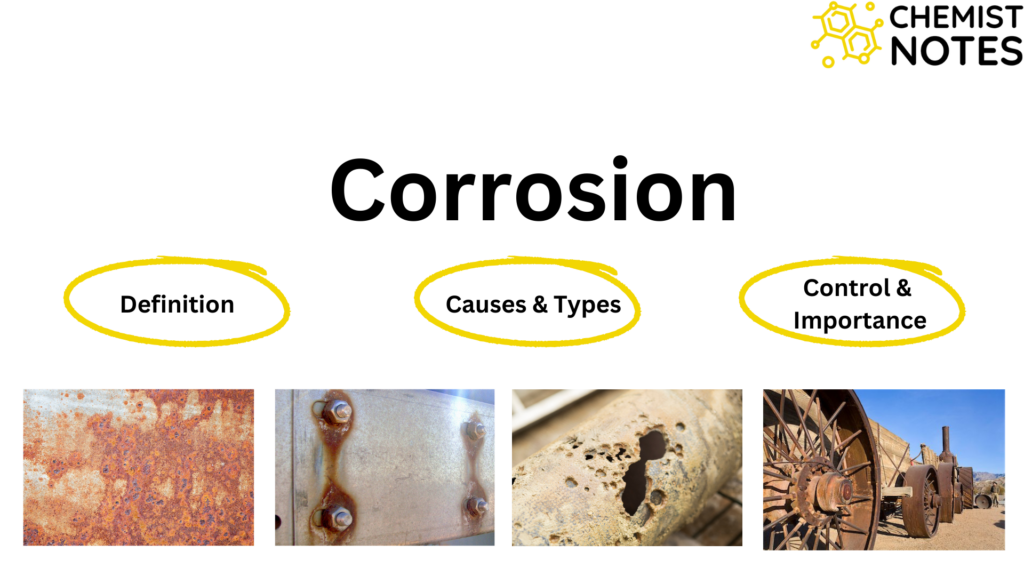Table of Contents
ToggleThis blog provides an in-depth overview of the Introduction to mole concept along with its related calculations.
The seven base quantities and seven base units make up the International System of Units or SI. We are familiar with most of these terms, although “amount of substance” and its unit “mole” are less widely known and are mostly used in chemistry.
The term “mole” is well-known in the chemical world, but the name of the related number, “amount of material,” is less well-known. Many students still struggle with this notion. These two ideas are reviewed and explained in this article, along with the definition of the unit “mole”.
Introduction to mole concept: What is the mole?
A mole of any element is the quantity of such element that includes Avogadro’s number, a predetermined number of atoms that are 6.02 ×1023.
- The mole of sodium contains the 6.02 ×1023 atoms of the element.
- 1 mole of water H2O molecule will contain 6.02×1023 molecules.
- 1 mole of chloride ion will contain 6.02 × 1023 ions.
The formula of mole
Mole = Mass / Molecular weight
n = N/ NA
If we have a mass of a compound and its molecular weight, we can calculate the number of moles easily.
Mole to Grams Conversion
Calculating the amount of a chemical in grams from moles is one of the most often chemistry computations. You will employ the mole ratio of reactants to reagents when balancing equations. All you need is a periodic table or another list of atomic masses to do this conversion.
The formula of conversion:
We can easily convert the grams to moles and the mole to grams.
m/N = M
- m is the substance in grams.
- N quantity of substance in moles.
- M molar mass of the substance in grams/mole.
What are the Molecules?
Molecules are groups of atoms bound together. All the atoms combine to form the molecule except monoatomic molecules. The molecules of water are H2O and the molecule of Carbon dioxide is Co2.
The molecular masses of various substances vary. Equal masses have varying quantities of atoms, molecules, or moles, but equal masses have different numbers of moles or molecules of various substances. Even though it may seem a little confusing at first, everything will soon make sense.
If we deal with the stoichiometric connections between reactants and products in a reaction using moles rather than grams, it becomes much simpler.
Calculation of mole concept
We can understand the concept of mole with the help of the below examples.
Example 1: Find the amount of substance in Sodium chloride (NaCl) when the mass is 92 g.
Solution:
Step 1: Molecular weight of NaCl
Na = 23 g/mol
Cl = 35.5 g/mol
Molecular weight = 23 + 35.5 = 58.5 g/mol
Step 2: By using the formula
Amount of substance = 92 / 35.5 = 2.6 mol
Step 3:
Analyze: The answer shows that the amount of sodium chloride is 2.6 moles.
Example 2: Find the molecular mass of Ammonium Sulphate.
Solution:
Step 1: Write the formula of Ammonium Sulphate
(NH4)2 SO4
Step 2: Relative atomic masses
N = 14, H = 1, S = 32 and 0 = 16
The molecular mass of the given compound will be
2 × (14 × 1 + 1 × 4) + 32 + 16 × 4
2×(14 + 4) + 32 + 64
2 × 18 +32 + 64
36 + 32 + 64
132 amu
Example 3: Evaluate the ratio of oxygen mole in the given compound H2O, H2SO4.
Solution:
Step 1:
First, we find the number of moles of oxygen separately in both compounds.
1 mole of H2O contains 1 × NA atoms of oxygen.
1 mole of H2SO4 contains 4 × NA atoms of oxygen.
Step 2: For ratio
1 × NA: 4 × NA
1: 4
The number of moles can be calculated easily with the help of the Mole Calculator.

We have given Mass and molecular weight as the input in the given boxes. Then press the calculate button or enter the key to find the number of moles.
Example 4: Find the number of moles in 4.6 * 1023 molecules of H2SO4?
Solution:
1 mole of molecule = 6.022 × 1023
Now to find the number of molecules, we will commute by dividing the mass of the molecule by the Avogadro number.
So,
Number of moles = 4.6 × 1023/ 6.022 × 1023
Number of moles = 0.73 moles.
So the molecule H2SO4 has a number of moles are 0.73.
Example 5: Find the number of grams in 0.8686 moles of glucose, C6 H12 O6.
Solution:
C = 12 × 6 = 72
H = 1 × 12 = 12
O = 6 ×16 = 96
So the total mass will be = 72 +12+96 = 180 g
Number of grams = 180 × 0.8686 = 156.35
Summary
In this post, we have learned about the mole, molecular mass, and conversion of the mole to grams. You are able to find the number of moles of any given chemical formula, and compare and evaluate the ratio between the different elements.






